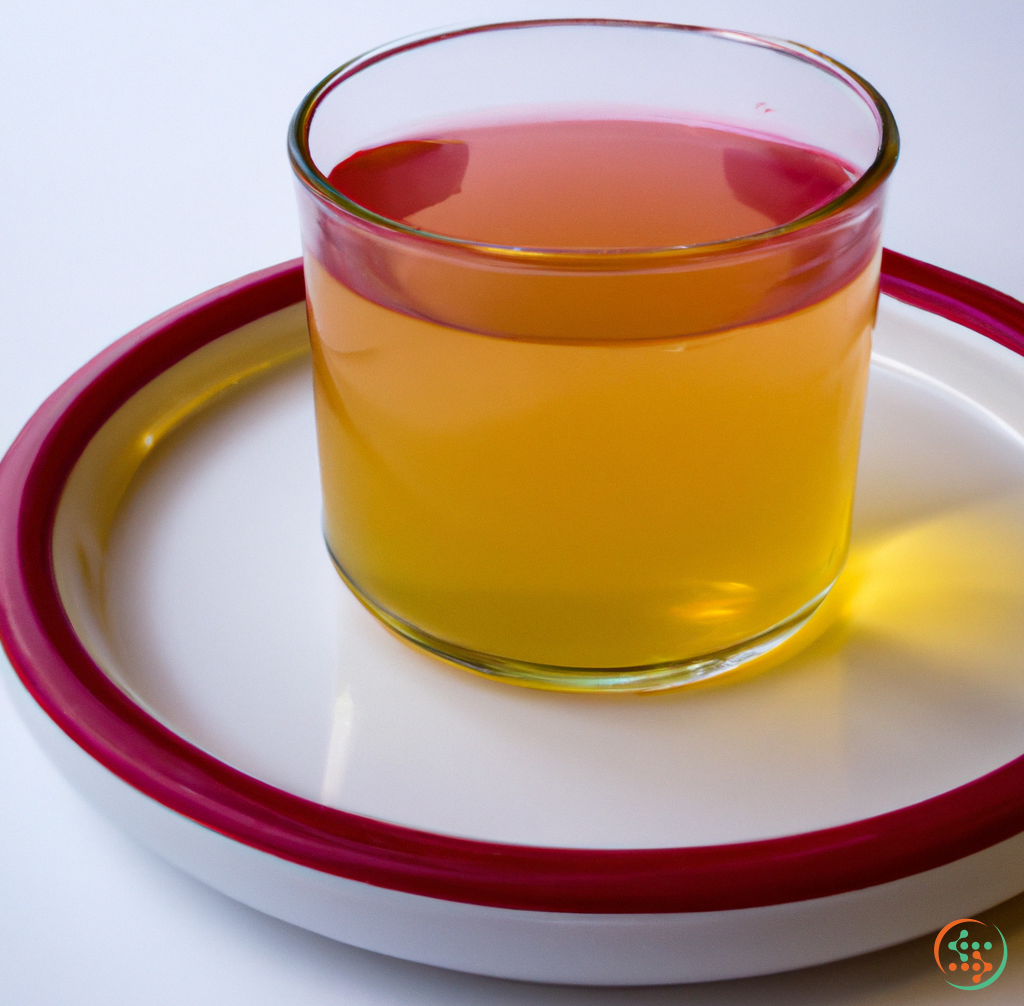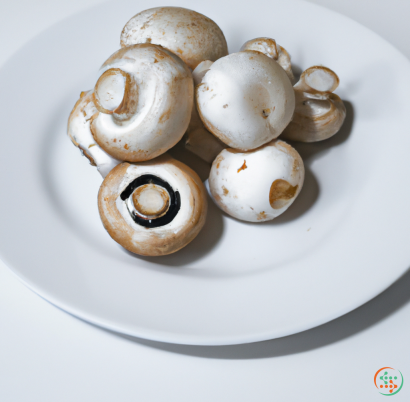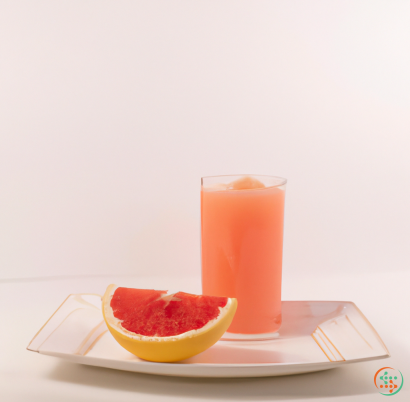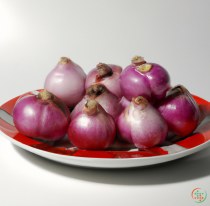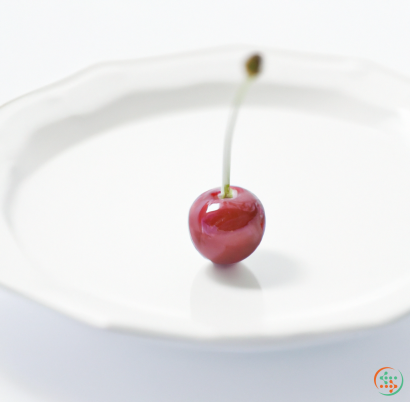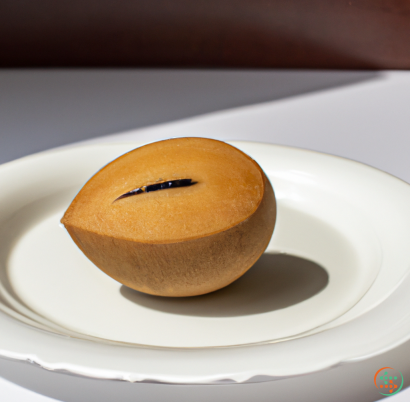Apple Juice
.
What is Apple Juice?
Apple juice is one of the most popular types of fruit juices available to purchase in a variety of forms including fresh, frozen, concentrated, and canned. Depending on the processing method that’s used, apple juice can be made from different types of apples, ranging from tart to sweet and everything in between. In addition to the taste and texture advantage, apple juice contains important vitamins and minerals that can help keep your body healthy.
Apple Juice History
Drinking and producing apple juice has a long history, dating back to the Neolithic era when people stored and consumed apples as a way to get nutrition during the winter months. As far back as 2400 BCE, the ancient Egyptians were making apple juice as well. In medieval Europe, farmers grew different types of apples and turned them into cider and other drinks as needed. Apple juice was certainly not the only type of juice or beverage around during this time, but it was increasingly popular.
In the new world, apples were a popular crop in the colonies by the 1500s, so it’s not surprising that apple cider was a popular drink. As time went on, Americans began adding spices and even fermenting their cider in order to make it into an alcoholic beverage. But at the same time, apple juice was also produced as a non-alcoholic juice. It wasn’t until the 1940s that large manufacturers began mass-producing canned and bottled apple juice.
Processing Apple Juice
Today, apple juice is made with a variety of processing techniques that can affect not just the flavor and nutritional value but also the appearance of the end product. Depending on how it’s processed, apple juice can range from a cloudy juice to one that’s crystal clear.
The most common method of processing apple juice is to press and pasteurize the juice with a method called flash-pasteurization. To do this, freshly-harvested apples are pressed and blended to form juice. This puree is then heated to a temperature that is hot enough to destroy any potential harmful pathogens but still low enough to preserve the flavor and nutrition of the juice.
Next, the heated apple juice is filtered through a fine mesh in order to remove any solids, such as pieces of skin or pulp. This process gives the juice a clearer appearance. After the filtration process is complete, the juice is either bottled or canned and sealed.
Other methods of processing apple juice involve a combination of filtration and centrifugation. These methods are used to remove any sediment and debris from the juice that may have started off in the puree before it was flash-pasteurized. With centrifugation, juice is also pasteurized and then is captured into a spinning bowl, which removes some of the natural solids in the juice that would have otherwise remained in the juice.
Types of Apple Juice
Once the apple juice is processed, it can be purchased in a variety of different formats. Many companies offer single-strength juice, meaning the juice has not been concentrated. If a product is labeled as double-strength juice, this means the juice has been concentrated and then re-hydrated to reach its original single-strength consistency. In this form, the juice is usually more expensive, because the manufacturers had to use more apples in order to get the same single-strength volume.
The last option is frozen apple juice concentrate. In this case, the juice has been concentrated and frozen. Frozen concentrate takes up less room and is cheaper than single-strength juice, but you must mix it with water before use.
Nutritional Information
In addition to being tasty and convenient, apple juice is packed with vitamins and minerals. One cup of single-strength apple juice, for instance, contains 110 calories, 0 grams of fat, 1 gram of protein, 25 grams of carbohydrates and 20 grams of sugar. It’s also a good source of potassium, vitamin A and fiber, as well as some calcium and magnesium.
Apple juice also naturally contains antioxidants that can decrease the risk of heart disease and keep cells healthy. Drinking at least one cup of juice per day has also been shown to decrease the risk of stroke, hypertension, heart attack, diabetes and other health complications.
Conclusion
All in all, apple juice is a delicious and nutritious drink that can provide a variety of health benefits. Whether you choose to enjoy single-strength apple juice, double-strength apple juice or frozen apple juice concentrate, you can rest assured that you’re getting plenty of vitamins, minerals and antioxidants that can help keep you healthy. There are so many delicious flavors and varieties of apple juice available today, so why not give it a try?
What Does It Take to Get Apple Juice From the Tree to a Dinner Plate?
Apple juice is a staple beverage of many kitchens and meals. From breakfast to dessert, its sweet tart flavor is enjoyed by many. But what does it take to get apple juice from the tree to a dinner plate? There are several complex and interconnected processes between the orchard and your home. Today, let’s take a closer look at the journey and see what it takes to get apple juice from the tree to your table.
The First Step: Growing the Apple Crop
The first step in the process of getting apples to your dinner plate is the growing and harvesting of the apples themselves. Apple growers typically begin by selecting the right species and cultivar of apple for their needs. Different types of apples are better suited for different types of products — some are best suited for fresh eating while others are better for processing into juice. Once the growers select the right type of apple, they choose a good site to plant their orchard.
The second part of apple growing revolves around how the orchard is managed. This includes tasks such as pruning, fertilizing and irrigation. Orchards may also be sprayed with pest control and fungicides during the growing season. Once the apples are mature, the harvest begins. This is where growers will physically pick the apples into bins or bags and then transport them to the next step in the process.
Processing the Apples
Once the apples are picked, they are transported to a processing facility. This can include a variety of different steps. The apples will first be sorted and graded according to their size, color and taste. Then, they will be washed to remove any dirt or pesticide residue. Next, the apples will be crushed or chopped into small pieces. This allows for easier separation of the juice from the rest of the apple. Finally, the apple pieces will be processed into juice. This is done by pressing and squeezing them through rollers to extract the liquid.
Packaging the Juice
After the apple juice has been extracted and filtered, it is ready to be packaged. This can be done through several methods such as canning, bottling, freezing or even aseptic packaging. Before the juice is packaged, it must be pasteurized to kill any potentially harmful bacteria and microbes. Depending on the packaging method chosen, the pasteurization temperature can vary. After this step, the juice is then loaded into whatever containers were chosen and sealed. At this point, the juice is ready to be shipped to its final destination.
Transporting the Juice
The next step in the process is transporting the juice from the processor to the store or restaurant. This is usually done using refrigerated trucks and ships. The advantage of using these methods is that it keeps the juice at a safe temperature throughout the journey. This ensures that the juice arrives at its destination in its freshest and highest quality state.
Serving the Juice
The final step in the process is serving the juice at the restaurant or store. Depending on the product, the juice may be served in a variety of ways. If it is canned or bottled, it may simply be placed in a refrigerator or on display for customers to purchase. If the juice is in aseptic packs, it may be stored on a shelf and served chilled or at room temperature. If the juice is freshly made, it can be served immediately in glasses or mugs. No matter how it is served, the end result is a delicious drink that many people enjoy.
Conclusion
As you can see, it takes many different steps and players to get apple juice from the tree to a dinner plate. From the growing, harvesting and processing of the fruit to the transportation and storage of the juice, each step is an important part of the overall process. Although it may seem simple, it is a journey that starts in the orchards and ends at your table.
| Vitamin E | 0.01 mg | |
| Vitamin C | 0.9 mg | |
| Vitamin B1 | 0.02 mg | |
| Vitamin B2 | 0.02 mg | |
| Vitamin B3 | 0.07 mg | |
| Vitamin B4 | 0.0018 grams | |
| Vitamin B5 | 0.05 mg | |
| Vitamin B6 | 0.02 mg |
| Calcium | 0.008 grams |
Daily Value 1.3 g
|
| Iron | 0.12 mg |
Daily Value 0.018 g
|
| Magnesium | 0.005 grams |
Daily Value 0.4 g
|
| Phosphorus | 0.007 grams |
Daily Value 1.25 g
|
| Potassium | 0.101 grams |
Daily Value 4.7 g
|
| Sodium | 0.004 grams |
Daily Value 2.3 g
|
| Zinc | 0.02 mg |
Daily Value 0.011 g
|
| Copper | 0.01 mg |
Daily Value 0.9 mg
|
| Manganese | 0.07 mg |
Daily Value 0.0023 g
|
| Selenium | 0.1 ug |
Daily Value 0.055 mg
|
| Glucose | 2.63 grams |
|
| Fructose | 5.73 grams |
|
| Sucrose | 1.26 grams |
|
| Total Sugars | 9.6 grams |
per 100g
|
| Palmitic acid (16:0) | 0.02 grams |
|
| Total Saturated fatty acids: | 0.02 g | |
| Oleic acid (18:1) | 0.01 grams |
|
| Total Monounsaturated fatty acids: | 0.01 g | |
| Linolenic acid (18:3) | 0.01 grams |
|
| Linoleic acid (18:2) | 0.03 grams |
|
| Total Polyunsaturated fatty acids: | 0.04 g | |
